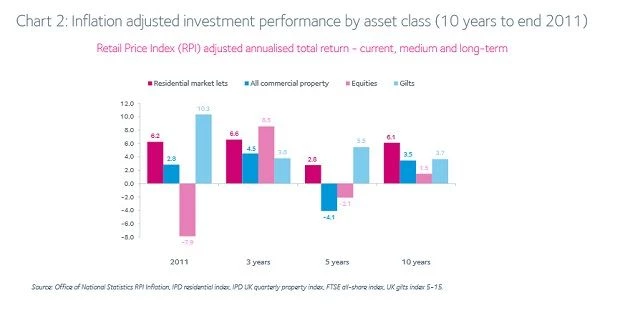
Partner Article
Investment: The world of bulls and bears
It’s no secret that when it comes to any type of investment, supply and demand are key factors to think about. What we mean by this is, supply is about the availability of a product whereas demand refers to the level of interest in that product. This relationship is what drives the market; it determines what everyone will be looking to invest in. Generally if the demand increases, supply will decrease as more people will be buying, causing prices to rise – this works in the opposite way too when prices drop.
However, the constant fluctuation between the values of stocks and shares can make it easy to get lost in your investments; especially if you’re a beginner. You have to remember that stocks and shares can potentially pose huge risks. Even though the price of your share could be rising, there’s no way of predicting its market value if it drops – take for example, Tulip mania.¹ This risk is far smaller when it comes to property investment and other physical assets.
Another type of classic investment would be gold, which hit a peak of £1178.92 in 2011 and has declined in value since then. Although the value of gold is not in sync with assets such as equities or property, its value has fallen by nearly 40 per cent in under three years.² Gold has long been a commodity that people class as a “safe haven” ³ during difficult financial times, but because of its volatility and lack of functionality it is not as popular as investing in property.
Oil is another commodity that many people choose to invest in. Why? Probably because of its ability to make substantial profits and the fact it has limited supply – taking us back to the relationship between supply and demand again. The finite supply can work to an investor’s advantage as the demand for oil is sky high, and if the supply is decreasing, the price of oil will inevitably increase. Statistics say that the return of investment could be five to ten times larger than the initial capital.â´ Investment in oil is similar to that of gold – the market is volatile. The value of oil is said to change significantly more than other investment types. The possibility of renewable energy in the future would decimate the demand for oil, thus rendering the market worthless. This gives an indication of how risky the investment in oil can be.
Finally, we have residential property investment which has been the best performing asset over the past 30 years (see chart below). Investment in buy-to-let property has many advantages. To begin with, it’s a lot less risky than the alternatives as it offers immediate returns through the rent from tenants living in the property already – at ERE Property, we ensure that our client’s apartments are tenanted prior to completion. The constant rise in population means there is increased demand for properties, as homes are always needed. This demand will gradually push prices higher making your investment worthwhile.
Sources
1 – Wikipedia, 2 & 3 – The Independent, 4 – Ocean Arks, Graph Sourced from British Property Federation: Investing in Residential Property. Other sources used: Investopedia, The Telegraph, Property Frontiers.
This was posted in Bdaily's Members' News section by ERE Property .








 How to make your growth strategy deliver in 2026
How to make your growth strategy deliver in 2026
 Powering a new wave of regional screen indies
Powering a new wave of regional screen indies
 A new year and a new outlook for property scene
A new year and a new outlook for property scene
 Zero per cent - but maximum brand exposure
Zero per cent - but maximum brand exposure
 We don’t talk about money stress enough
We don’t talk about money stress enough
 A year of resilience, growth and collaboration
A year of resilience, growth and collaboration
 Apprenticeships: Lower standards risk safety
Apprenticeships: Lower standards risk safety
 Keeping it reel: Creating video in an authenticity era
Keeping it reel: Creating video in an authenticity era
 Budget: Creating a more vibrant market economy
Budget: Creating a more vibrant market economy
 Celebrating excellence and community support
Celebrating excellence and community support
 The value of nurturing homegrown innovation
The value of nurturing homegrown innovation
 A dynamic, fair and innovative economy
A dynamic, fair and innovative economy